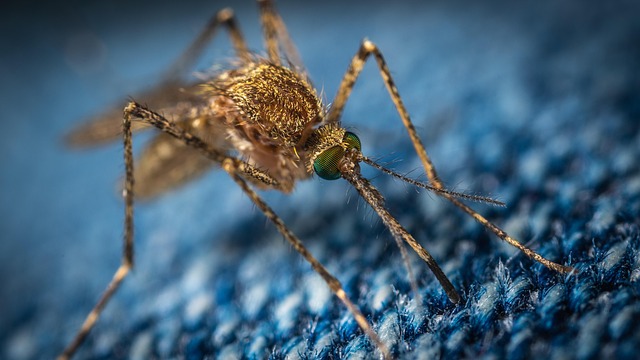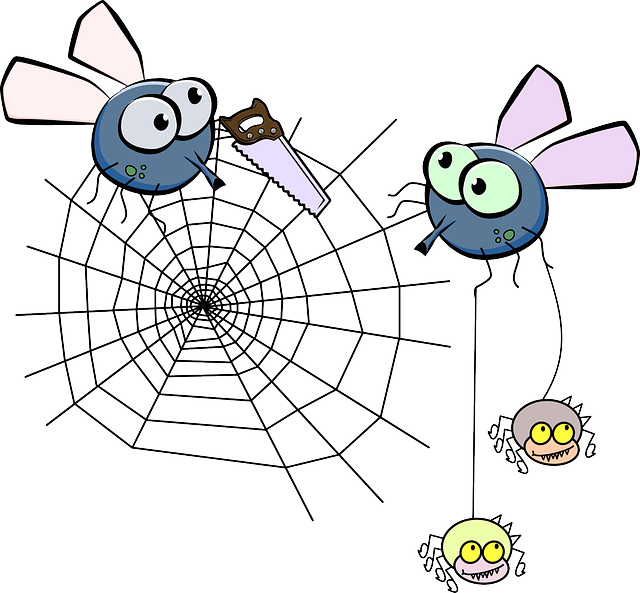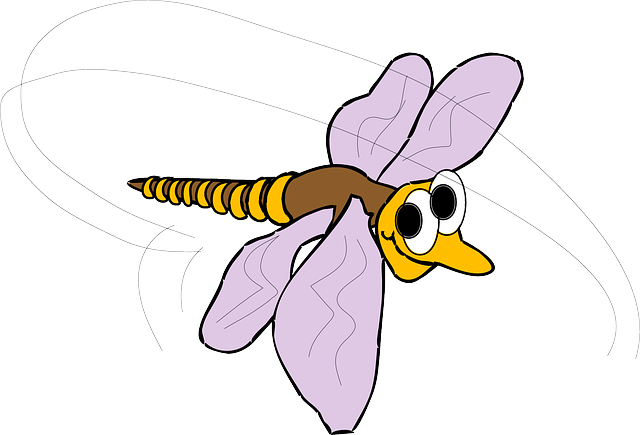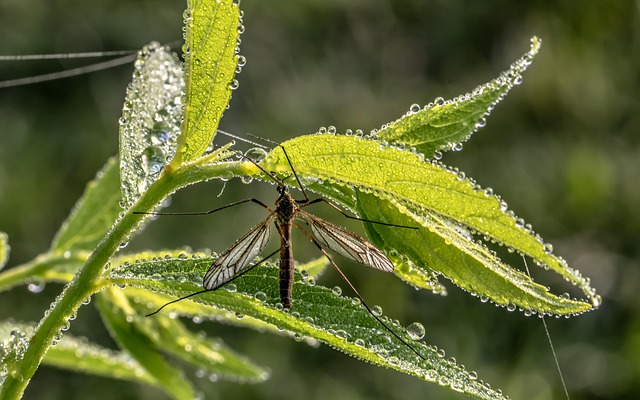Understanding mosquito and tick behavior is crucial for effective, eco-friendly control. Homeowners can reduce standing water, maintain lawns, and use natural repellents like citronella, lavender, and peppermint to deter these pests. Natural solutions minimize ecological impact, protect beneficial insects, and foster biodiversity. Community engagement in habitat manipulation, biological controls, and education further reduces pest populations without harmful chemicals, leading to safer, healthier environments for both humans and wildlife. Global case studies demonstrate the success of eco-friendly mosquito and tick control methods, offering sustainable alternatives for global public health.
In today’s world, effective yet eco-conscious mosquito and tick control is a growing concern. As these pests pose significant risks, from disease transmission to discomfort, finding sustainable solutions is essential. This article explores comprehensive strategies to manage mosquito and tick populations while minimizing environmental impact. We delve into understanding their behavior, comparing traditional to eco-friendly methods, highlighting benefits for homes and communities, examining natural repellents, and showcasing successful real-world implementations. Discover how you can protect your space without harming our planet’s delicate balance.
Understanding Mosquito and Tick Behavior: Key to Effective Control

Understanding the behavior of mosquitoes and ticks is a crucial step in implementing effective control methods. These insects are highly adaptable and have intricate life cycles, which allows them to thrive in diverse environments. Mosquitoes, for instance, breed in stagnant water and can quickly multiply, especially during warmer months. They are also attracted to carbon dioxide, heat, and certain chemicals present in human sweat, making outdoor activities more appealing to them. Ticks, on the other hand, prefer humid and shady areas, often hiding out in tall grass or shrubs, waiting for suitable hosts. Knowing these habits enables homeowners and outdoor enthusiasts to take proactive measures.
By identifying their preferred habitats and behaviors, people can implement targeted strategies. For mosquito control, this might involve eliminating standing water sources and using natural repellents like citronella or lavender. For ticks, maintaining a mowed lawn and using animal companions that are less attractive to them can be effective. Additionally, wearing protective clothing and regular tick checks after outdoor activities significantly reduce the risk of bites and transmission of diseases. Such tailored approaches contribute to a more sustainable and eco-friendly method of mosquito and tick control.
Traditional vs. Eco-Friendly Mosquito and Tick Control Methods

In the ongoing battle against mosquitoes and ticks, the shift towards eco-friendly solutions has gained significant traction. Traditional mosquito and tick control methods often rely on synthetic chemicals, such as pesticides, which can have detrimental effects on non-target organisms, including beneficial insects and wildlife. These chemical applications may also persist in the environment, leading to water contamination and contributing to broader ecological imbalances.
Eco-friendly alternatives, on the other hand, focus on natural strategies that minimize harm to the ecosystem. These methods include habitat manipulation, biological control using predators like bats or spiders, and plant-based repellents. By employing these sustainable practices, individuals and communities can effectively manage mosquito and tick populations while preserving biodiversity and promoting a healthier environment.
Benefits of Choosing Eco-Friendly Solutions for Your Home and Garden

Choosing eco-friendly mosquito and tick solutions for your home and garden offers numerous benefits, both for your health and the environment. Unlike traditional chemical-laden options, these solutions are designed to minimize ecological impact while effectively managing pest populations. By opting for eco-friendly methods, you reduce the risk of harmful residues lingering in soil, water sources, and surrounding ecosystems, ensuring a safer outdoor experience for you, your family, and local wildlife.
Additionally, these solutions often provide long-lasting protection without compromising air quality or contributing to the development of pest resistance. Many eco-friendly mosquito and tick control methods employ natural repellents, beneficial insects, and organic barriers that promote biodiversity and support a balanced ecosystem. This not only reduces your carbon footprint but also fosters a healthier, more sustainable environment for everyone.
Natural Repellents and Their Efficacy Against Mosquitoes and Ticks

Natural repellents have gained popularity as an eco-friendly approach to mosquito and tick control, offering a safer alternative to chemical-based solutions. These natural compounds can be effective in deterring both mosquitoes and ticks due to their unique properties. For instance, essential oils like citronella, lavender, and peppermint are well-known for their insect-repelling abilities. When applied topically or diffused, these oils create a protective barrier against biting insects.
Research suggests that certain natural repellents can be as effective as conventional chemicals in warding off mosquitoes and ticks. For example, a study found that DEET, a common chemical repellent, had similar success rates to oil of lemon eucalyptus when testing their effectiveness against mosquito bites. Additionally, natural solutions are often preferred for their minimal environmental impact and lack of harmful side effects, making them an attractive option for homeowners and outdoor enthusiasts seeking sustainable mosquito and tick control methods.
Integrating Eco-Friendly Practices into Community Mosquito and Tick Management Programs

In the pursuit of effective mosquito and tick control, integrating eco-friendly practices into community management programs offers a sustainable and responsible approach. This strategy not only minimizes environmental impact but also promotes public health by reducing exposure to potentially harmful chemicals. By adopting natural methods such as habitat manipulation, biological controls, and plant repellents, communities can significantly decrease the presence of these pests without compromising safety.
Community engagement is key to successful implementation. Educating residents about the benefits of eco-friendly practices encourages buy-in and fosters a collaborative environment. Simple actions like removing standing water—a breeding ground for mosquitoes—and planting mosquito-repelling plants in public spaces can make a substantial difference. These collective efforts not only curb the populations of mosquitoes and ticks but also contribute to a healthier, more ecologically balanced environment.
Case Studies: Successful Implementation of Eco-Friendly Mosquito and Tick Control in Different Environments

In various regions across the globe, successful case studies demonstrate the effectiveness of eco-friendly mosquito and tick control methods in diverse environments. For instance, communities in rural areas have adopted natural solutions like introducing predator insects, such as dragonflies and damselflies, to feed on mosquito larvae, leading to significant reductions in adult mosquito populations without harmful chemicals.
Urban settings also see promising results with the strategic planting of mosquito-repelling plants like citronella and lavender, combined with eco-friendly spraying techniques using neem oil and other plant-based repellents. These integrated pest management approaches not only mitigate mosquito and tick-borne diseases but also preserve local ecosystems and promote a healthier environment for both humans and wildlife.
